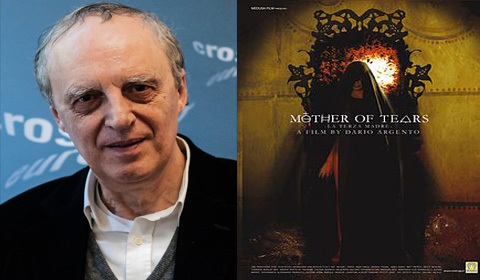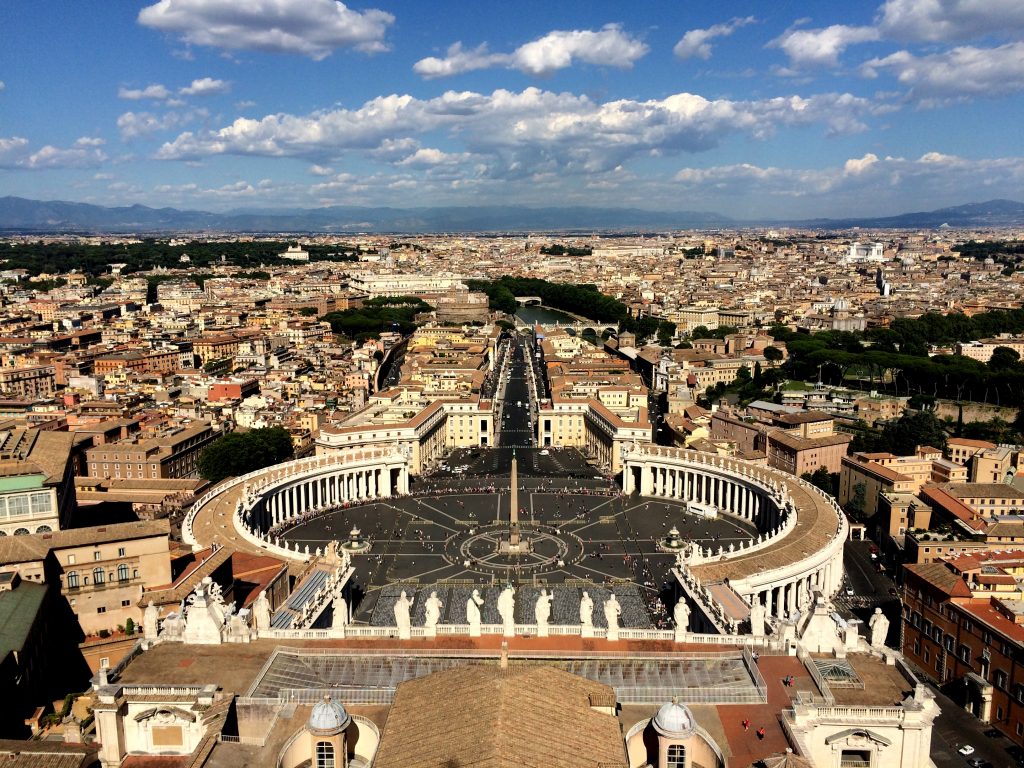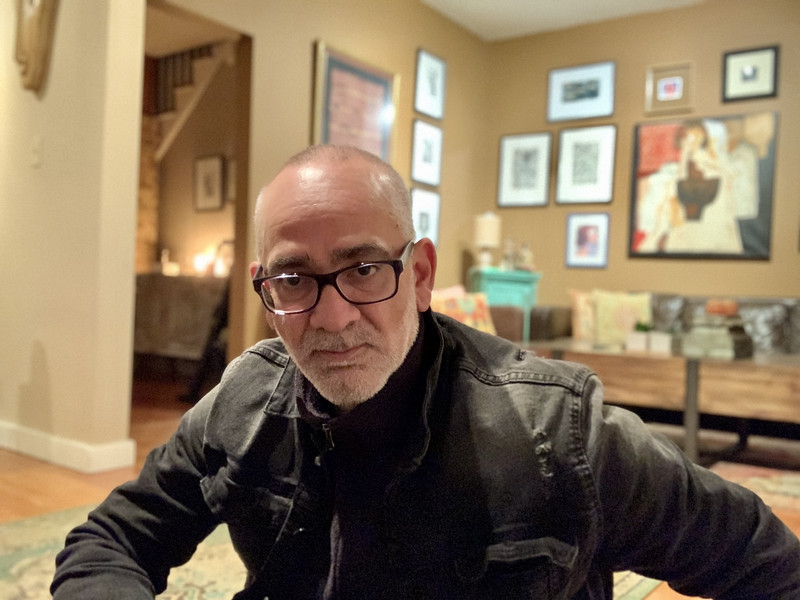The Sacred and the Profane: Why Rome is the Ideal 21st Century Horror Movie Setting
By Tom Porter
For Allison Cooper, the city of Rome is more than just a nice backdrop for a movie (think Gregory Peck and Audrey Hepburn on that scooter in Roman Holiday)—it’s a place of such history and symbolism that it can function as a fully fledged character in a film. Cooper, who teaches Italian and cinema studies (with a special emphasis on Italian films), is currently working on a book about the representation of Rome in film. “I’ve watched all the canonical films set in Rome—movies like Rome, Open City (1945), La Dolce Vita (1960)—but had not really spent a lot of time looking at popular genres, films that are not yet classics (and may never be!) I felt it was something that was missing from my work.”
Cooper decided to include a chapter about a horror movie set in Rome, and the one she chose was Mother of Tears, a 2007 offering from cult director Dario Argento, best known for his gruesomely violent, often supernatural, thrillers. The movie, in which a group of evil witches threatens to overrun Rome, is the much-delayed final part of Argento’s supernatural horror trilogy The Three Mothers, which began in 1977 with Suspiria. As a work of art, Cooper admitted it’s not the best example of Argento’s work, which she said includes some classic examples of Italian cinema. “I laughed out loud at parts of it. That’s not to say it’s a terrible film, but it doesn’t have a lot of the stylistic markers associated with Argento’s earlier work.”
Nevertheless, explained Cooper, Mother of Tears is a great film to study because of the way it portrays Rome. “It’s a strong allegory for what was happening in Rome following the 9/11 attacks. Many people in Rome, and throughout Italy, were wracked with anxiety about immigration, particularly the perceived threat to Italian culture posed by the arrival of Muslim immigrants. This fear and suspicion of outsiders in Rome is paralleled by the invasion of witches which takes place in the movie.”

Another parallel with the film that Cooper sees, concerns the events of 2000, when the Roman Catholic Church marked the new millennium by celebrating what it called The Great Jubilee. “This was seen by the Church, and by the city of Rome, as a great opportunity to promote the city, as a religious and tourist destination. However, Rome was also chosen that year to be the host city for the WorldPride parade, a global celebration organized by the LGBT community.” This, predictably, made Rome something of an ideological battleground, as conservative politicians teamed up with the Vatican to oppose the event and put pressure on Rome city officials to withdraw their backing, and funding, from the parade. The Mayor of Rome, having taken away his original support for the event, was pressured by left wing politicians and public protests into reversing this decision and reinstating the city’s decision to back the march.
“This caused quite a ruckus among the Church authorities, as you can imagine,” said Cooper, “and produced some strong imagery of Catholic pilgrims marching through Rome, alongside the participants in WorldPride. This captured the duality, so inherent in Rome, of the secular and the religious, side-by-side: the ‘sacred and the profane’ if you like,” she said, alluding to the work of French writer and theorist Émile Durkheim (1858-1917). The idea of an apocalypse represented by the religious/racial ‘other’ is enduring. With Rome representing the center of Christian civilization and the cultural patrimony of the West, it’s a city embedded with so much symbolism.”
Although Argento didn’t directly cite these factors, Cooper said Mother of Tears is rife with such symbolism. While not Oscar-winning material, she said, it’s a movie worth studying “because it gets to the heart of what Rome mean for Italians and for the rest of the world.”




